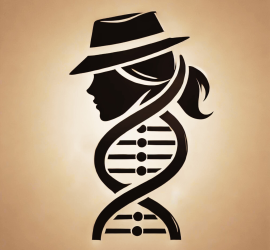GeneticGenealogy
2 posts
You’ve got your DNA test back, and now you have a million questions to ask. Here is a list of some questions and answers that might help to get you started. Find out about Mickey Mouse, X DNA, Haplogroups, Clusters, DNAPainter and other third party tools, GEDmatch and much more… […]

